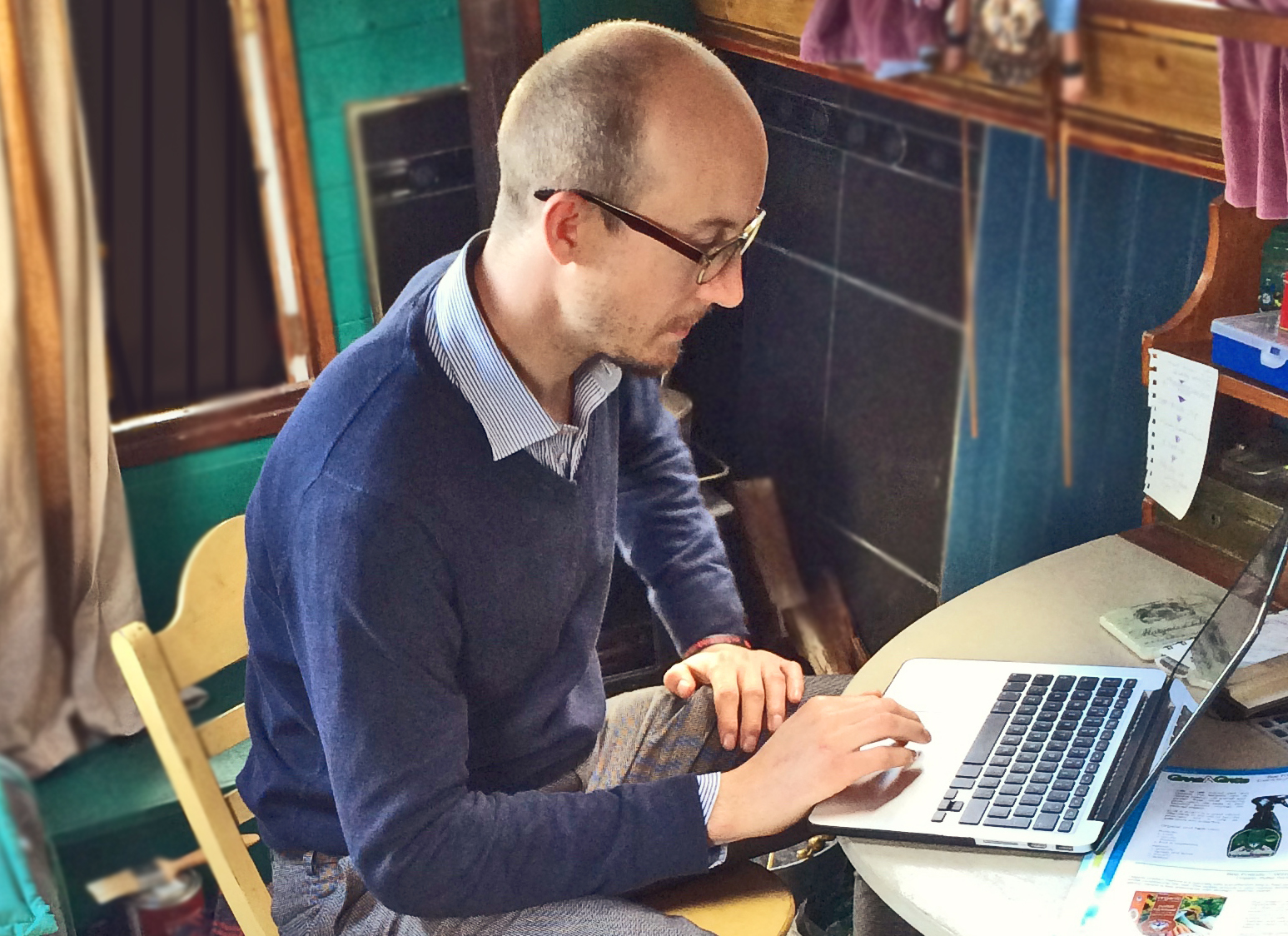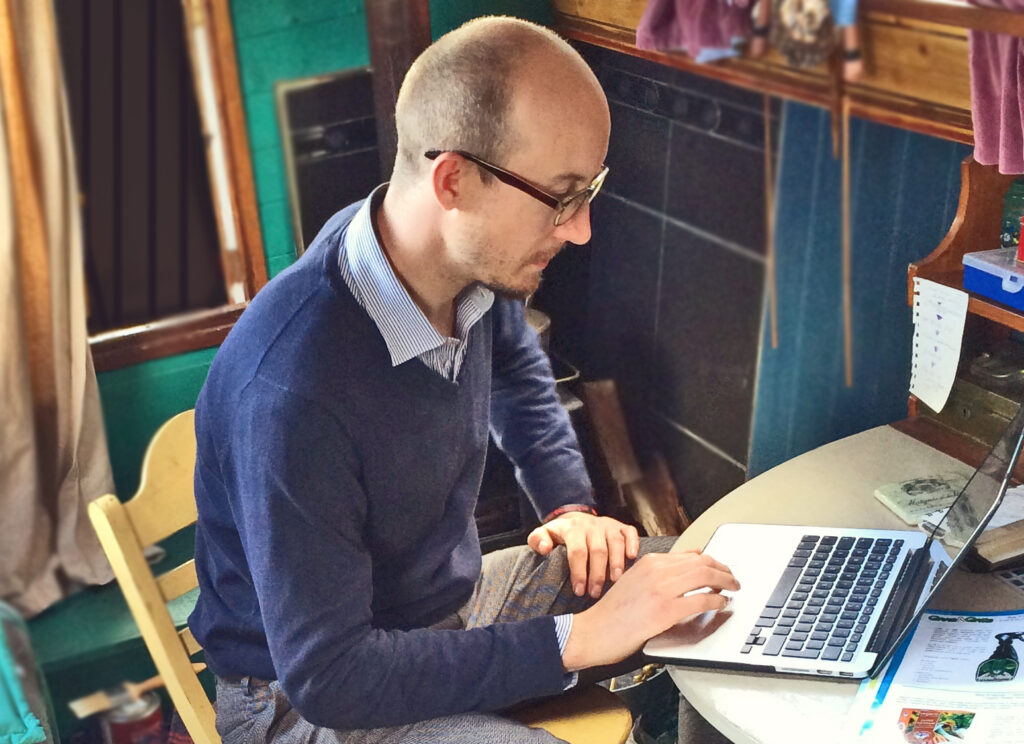 Robbie Cumming, PR Account Manager for Hornby Whitefoot PR
Robbie Cumming, PR Account Manager for Hornby Whitefoot PR
Ok – so you’ve got a story, you know who you’re going to send it to (eg your list of editors and freelancers) and you know when you’re going to send it (asap!) – but just how do you go about writing a press release?
Step 1
Heads up
Your headline is your chance to grab the journalist’s attention early on – so it needs be simple, succinct and snappy. Don’t try and be funny or clever (leave that to the journalists) just make it concise and compelling. Take another look at the headline at the top of this blog. It clearly states what the article is about – and includes an additional problem-solving hook within the parentheses.
Step 2
Image is everything
Firstly, don’t expect journalists to have time to chase you for the images. Editor of Horticulture Week, Matthew Appleby, says: “If your press release doesn’t include a picture with the copy, yet says one is available – you will just get ignored.” So if you’ve got one, send it! A high quality image (1 to 10MB), attached, and also previewed within the copy itself will make sure your release gets noticed. So many people are using smartphones, that simply submitting an image taken on an SLR camera would already give you an advantage over most of your competitors.
Step 3
The first paragraph
This is where most of us get stuck. However, if you take into consideration what it is that journalist wants to know, you’ll find the release will write itself. Heard of the 5 Ws and the one H? If you cover off each one – ¹What, ²Why, ³When, ⁴Where, ⁵Who, and ⁶How – you’ll soon have your first paragraph. Easy!
For example:
⁵Garden hardware specialist, Bob’s Bits, are ¹launching a new range of tools ²to raise money for gardening charity ‘Petals for Peace’. The ⁴Staffordshire based company will ⁶showcase the new range at the Garden and Home trade show ³in July.
Step 4
The perfect body
Another rule in PR and journalism refers to an inverted pyramid – with the most newsworthy information at the top, tailing off to the least important information at the bottom. So at this point, within the body of the release you’ll want to expand on your first paragraph. Each W (and one H) can be expanded one by one. In some cases – such as ‘why’ – you might want to include a quote from someone at your organisation. For example:
Bob’s Bits Managing Director, Bob Roberts, said: “Petals for Peace is a charity that we have been donating to for ten years, so to celebrate the fact we thought it would be perfect to bring out a special range dedicated to the charity. Launching at Glee will ensure maximum exposure and also give us a chance to show customers the quality aspect of the tools themselves.”
Step 5
A happy ending
All good stories must come to an end – with a call to action, website address and the relevant details for whom to call or email. As soon as you have that, it is common practice to add ‘ENDS’ on the next separate line. This makes it clear that the press release has ended – which is necessary because you still need to add in extra information for the benefit of the journalist. What is the word count? Select and count from the beginning of the first paragraph up to but not including ‘ENDS’. Who should be contacted relating to the content and other public relations enquiries – usually the person responsible for writing and issuing the release.
For example:
For more information on the new product range please visit www.bobsbits.com/petalsforpeace. Alternatively, contact Sales and Marketing Director Charlie Perkins by emailing charlie@bobsbits.com or telephone 01747 365 182.
Other things to watch out for
Excessive use of superlatives – subjective adjectives such as ‘great’, ‘fantastic’ and ‘supercalifragilistic’ are generally frowned on. Think of it like this – if someone comes up to you and starts telling you how ‘amazing’ they are – how would you perceive them? George Bullivant from Gardenforum.co.uk says: “Self congratulating, subjective adjectives like leading, famous, etc – I’ve always cut them out.”
Grammar and spelling – it goes without saying – double check your release before it goes out. If you can’t get anyone to proof the copy, read it aloud to yourself – you might be surprised at just how much you can improve it.
~ Coming up next in this series – issuing your release ~
Any questions? Why not get in touch with Robbie direct: robbie@hornbywhitefootpr.co.uk

